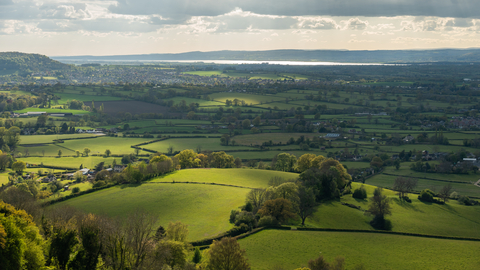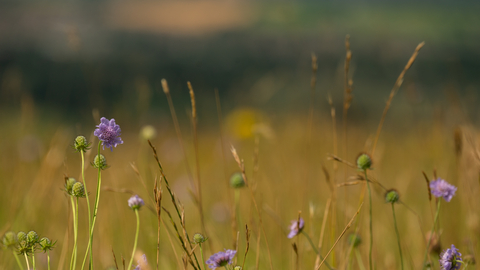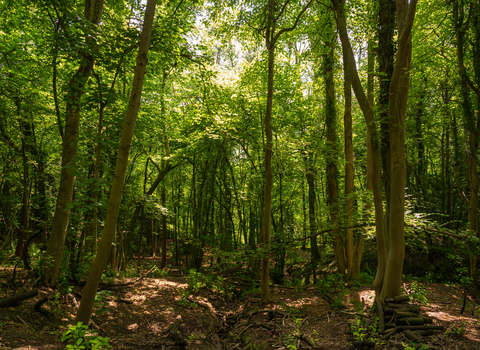
Coaley Peak (c) Nathan Millar

Coaley Peak (c) Nathan Millar
Location
Know before you go
Dogs
When to visit
Opening times
Open access throughout the year.Best time to visit
Throughout the year.About the reserve
This popular picnic spot overlooking the village of Coaley is also home to the Nympsfield Long Barrow and lies on the Cotswold Way.
Once an arable field, Coaley Peak is gradually being colonised by more and more wildflowers such as sainfoin, yellow-rattle, clovers, orchids, red campion, black medick, rough hawkbit, buttercups and more.
It contains both calcareous and neutral grassland, and the unimproved limestone grassland looked after by the National Trust lies beneath.
Coaley Peak has been significant for thousands of years, with the presence of the Nympsfield Long Barrow showing its importance as a meeting place and burial site during the Neolithic period. There are stories that it was used as a leper colony at one time with excavations revealing 13 human skeletons, along with Neolithic pottery. At some point in its history the mound of the long barrow was ploughed and its roof removed; it’s now looked after by English Heritage. Coaley Peak was farmed for arable crops for many years before Gloucestershire County Council reached a decision to turn it into a picnic site that would make the most of its fine views. Coaley Peak was adopted by GWT in 2016 and has been managed as a nature reserve since then.
Much more than a beautiful spot for picnics, this beautiful hilltop is great for a family day out watching birds and listening to their song, along with admiring views over the Severn Vale towards the Forest of Dean. Sheep now help to maintain Coaley Peak’s grassland and the wildlife that depends on it. Below the nature reserve is an area of unimproved limestone grassland belonging to the National Trust, while close by is the 22-hectare Coaley Wood, an ancient, semi-natural woodland rich in beech trees and managed by the Woodland Trust, also open to the public.



